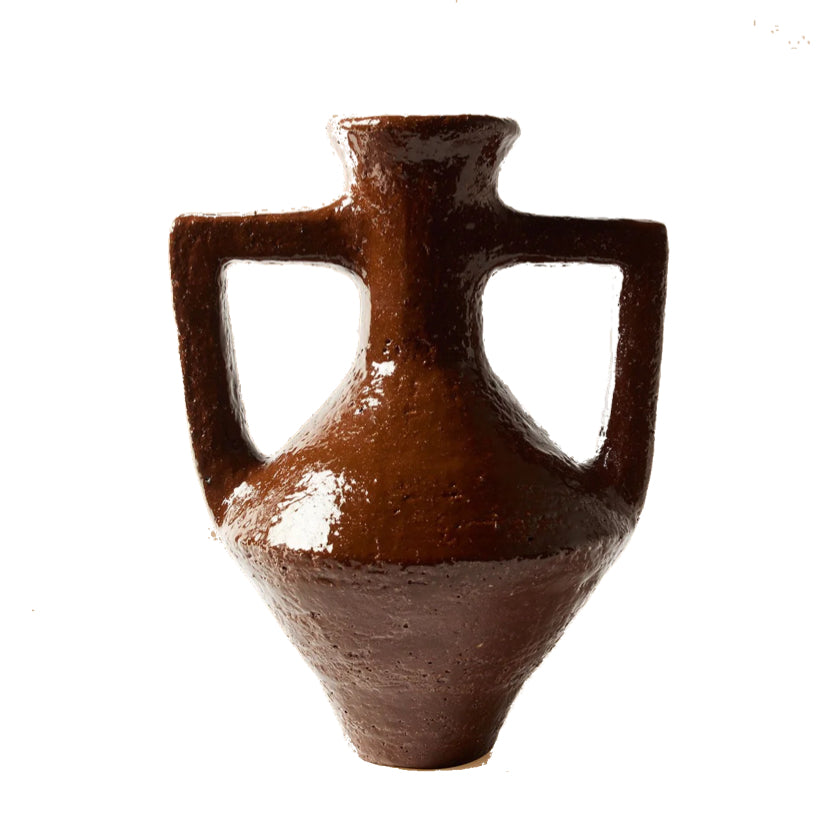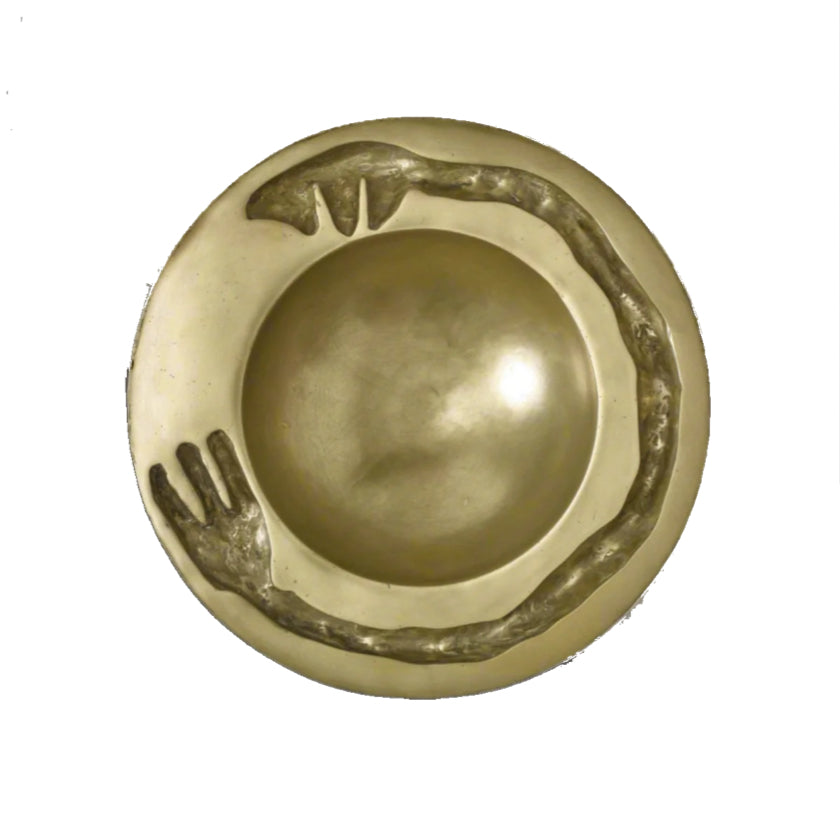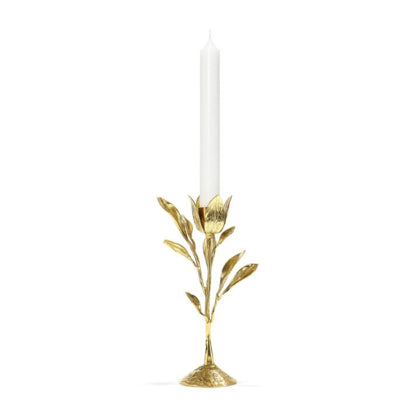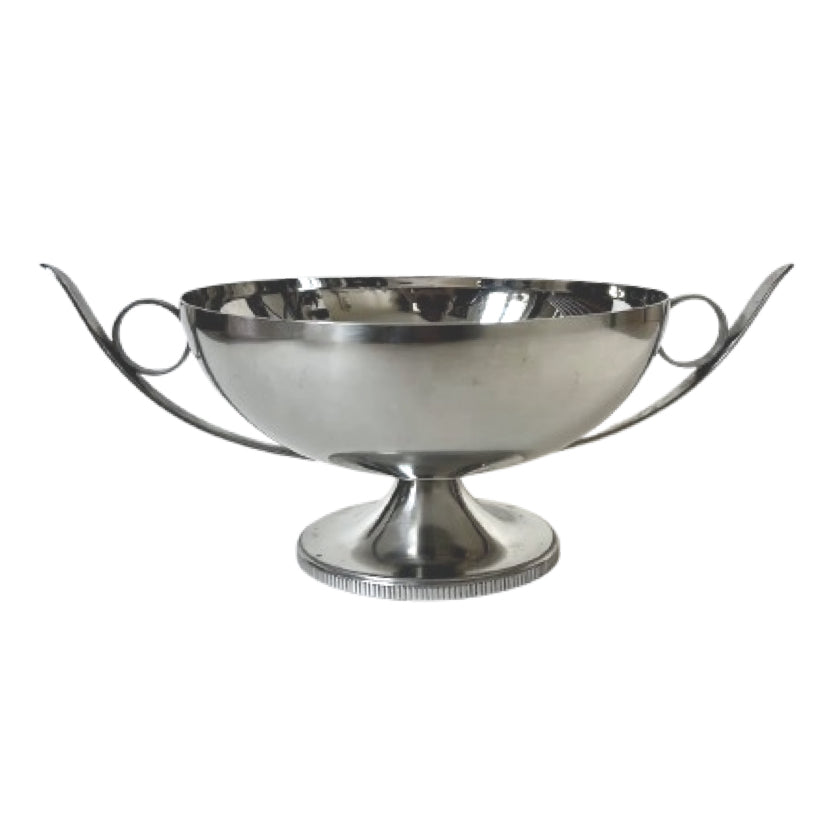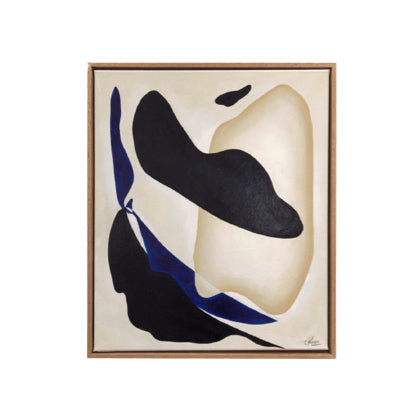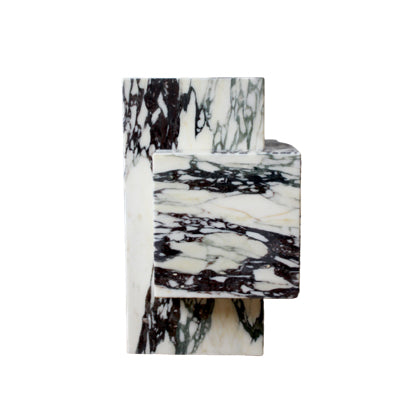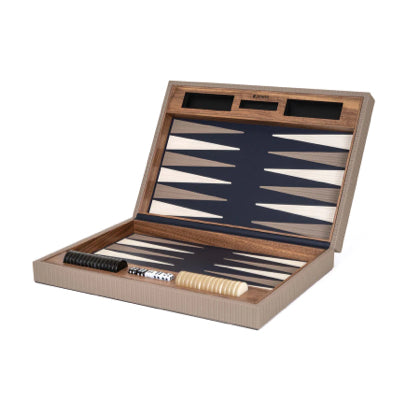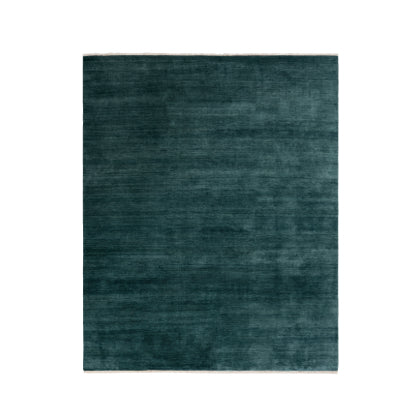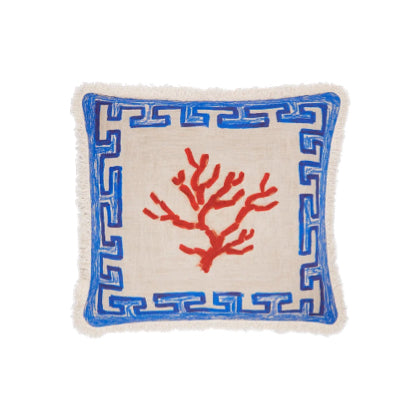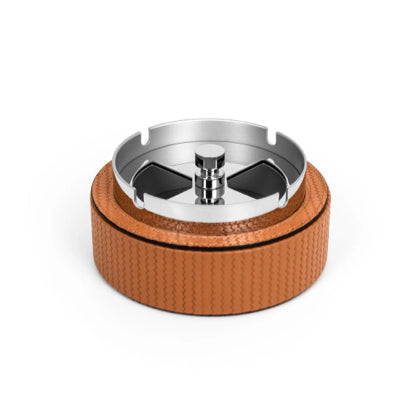Minimalist design
Understanding the Essence of Minimalist Design
By embracing minimalism, we invite a lifestyle that prioritizes quality over quantity, encouraging mindful living and intentional choices, much like our selection of modern home decor.
Each piece reflects a commitment to craftsmanship and an appreciation for subtlety. The elegance of minimalism lies in its ability to create a sense of serenity in any environment, whether it's a home, workspace, or gallery. Our curation emphasizes clean lines, neutral palettes, and the thoughtful use of materials, demonstrating how minimal art can evoke powerful emotions through simplicity.
In a world often overwhelmed by excess, this collection serves as a reminder to focus on what truly matters. By embracing minimalism, we invite a lifestyle that prioritizes quality over quantity, encouraging mindful living and intentional choices. The pieces we offer not only enhance aesthetic appeal but also foster a deeper connection to the spaces we inhabit.
Minimalism is more than just a design trend; it’s a philosophy that emphasizes simplicity and functionality. Originating in the late 1950s and gaining prominence in the 1960s, minimalism emerged as a reaction against the complexities and excesses of previous artistic movements. This approach values the essential, stripping away the non-essential to focus on the core elements. In architecture, for example, minimalism is often characterized by clean lines, open spaces, and an absence of ornamentation. The beauty lies in the quiet confidence of these structures, where each component serves a purpose and contributes to an overall sense of harmony.
The cultural significance of minimalism extends beyond aesthetics. It invites individuals to reconsider their relationship with their surroundings and the objects they choose to inhabit their lives. This design ethos encourages mindfulness, promoting a lifestyle that values experiences over possessions. Minimalist art, with its emphasis on simplicity, often evokes deep emotional responses despite its understated appearance. Artists like Donald Judd and Agnes Martin have shown that minimalism can convey profound ideas through restrained forms, leading to a deeper appreciation of both the artwork and the viewer’s space.
Minimal art offers a serene aesthetic that can transform any space into a calming retreat. This style emphasizes simplicity and functionality, allowing the beauty of each piece to shine without distraction. When integrating minimal art into your home, consider the balance between negative space and the artwork itself. A single, well-placed piece can serve as a focal point, drawing the eye and encouraging contemplation. Pairing minimal art with neutral palettes enhances its impact, allowing the subtle details to emerge gracefully.
Styling with minimal art isn’t just about choosing the right pieces; it’s also about creating an environment that complements their essence. Use furniture with clean lines and avoid overcrowding surfaces to maintain an open feel. Natural light plays a significant role, as it highlights the textures and colors inherent in minimalist pieces. Incorporating greenery can also soften the starkness, adding warmth without overwhelming the simplicity of the artwork.
Caring for minimal art is essential to preserving its integrity. Regular dusting with a soft cloth helps maintain its clean appearance. If your pieces are framed, ensure the glass is free of smudges to prevent distractions from the artwork itself. For canvas pieces, keep them away from direct sunlight to avoid fading. Minimal art deserves to be showcased, and with a little care, it can continue to inspire and calm for years to come.

